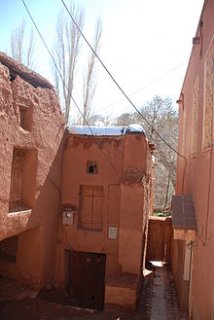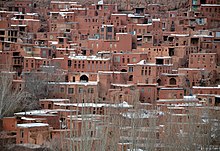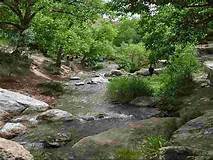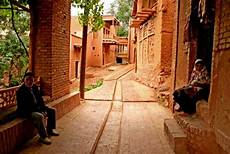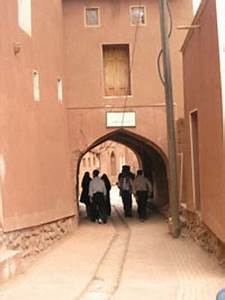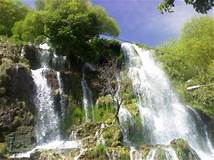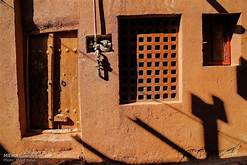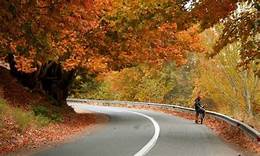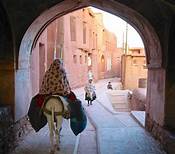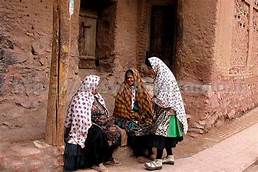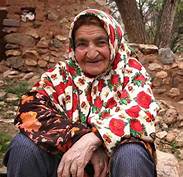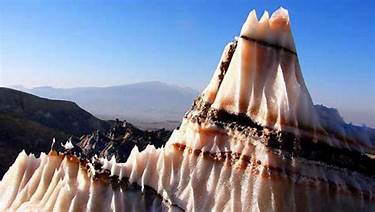Abyaneh is an old village about 30 km from Kashan
d Viyane means willow. (Abyaneh used to be Bidistan in the past, but over time, Viona has changed to Abyaneh.
There is no evidence that the exact date of Abyaneh is known; But it is estimated to have a history of 1,500 years and is considered one of the oldest human habitats on the edge of Iran’s desert plain. The historical monuments in Abyaneh belong to the Sassanid, Seljuk, Safavid and Qajar periods. These artifacts indicate the historical antiquity of this human habitat.
The number of Abyaneh houses in the 1981 census was estimated at 500 units. These houses are built entirely on the steep slope north of the Borzrud River. At first glance, Abyaneh looks like a multi-story village, in some cases up to four floors. The rooms are equipped with sash-like wooden windows, and often have wooden porches and terraces overlooking the narrow, dark alleys, which themselves have become interesting landscapes. The exterior of the houses is covered with red soil, the mine of which is located near the village. Since there is not enough space on the sloping slopes to build the required houses, it is customary in this village for each family to build a cave-like warehouse on the one-kilometer hills of the village, on the side of the road, not far from Abyaneh. These caves, which have been dug in the heart of the hills and whose only short, humble doors are visible from the outside, are used to keep livestock, as well as winter supplies and unnecessary items.
People are engaged in agriculture, horticulture and animal husbandry, which are managed by traditional methods. Most women work with men economically. In this village, seven aqueducts are used to irrigate fields and gardens. Wheat, barley, potatoes and various fruits, especially apples, plums, pears, apricots, almonds and walnuts are the products of this village.
In recent years, with the expansion of carpet weaving in Abyaneh, nearly 30 carpet weaving workshops have been established there. In the past, weaving was one of the most lucrative jobs for Abyaneh women, but today it is somewhat abandoned.
Abyaneh is a village on the slopes of a mountain with red straw straw facades with white arches and beautiful and wooden lattice windows. Everything you see in it has effects from the distant past. [3] And the means of communication have lived in isolation for centuries, and as a result have retained many of their traditional and ethnic customs, including their ancient language and dialect. The language of the Abyaneh people is one of the northwestern Iranian languages that has undergone many changes over time, and now only a few original Pahlavi words are heard in their dialect. [4] Traditional clothing is still common among them and is preserved. They show emphasis and prejudice. For men, loose-fitting trousers are made of black fabric (running or the same as Debit, Bakhtiari men’s trousers), and for women, a long shirt is made of flowery and colorful fabrics. Abyaneh females usually wear white squirrels
فرم در حال بارگذاری ...

